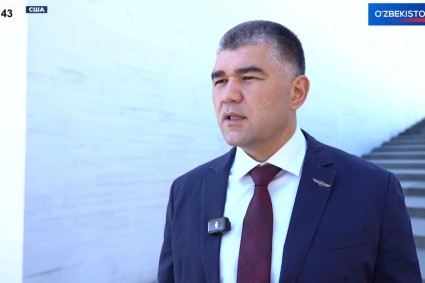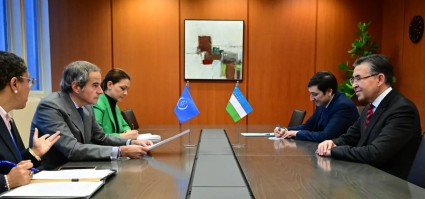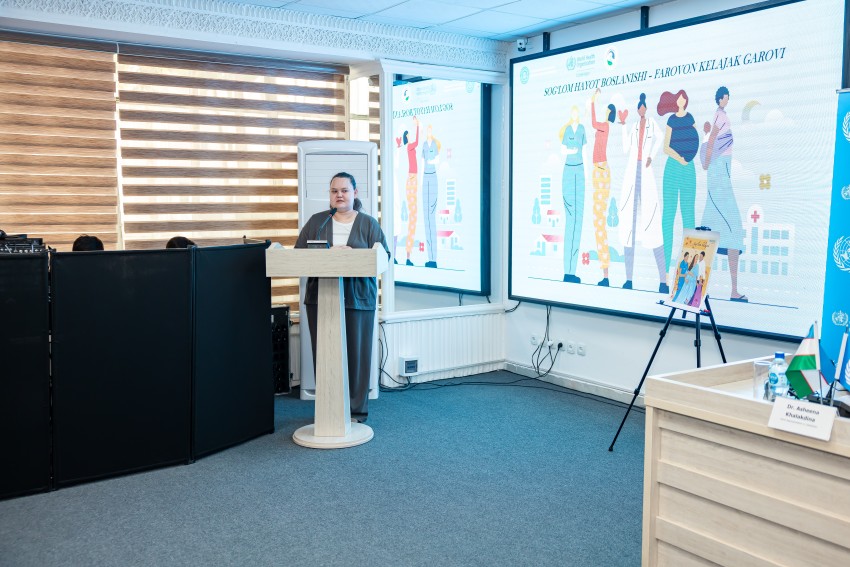In Central Asia, air quality in both urban and rural areas is affected by local pollution from fossil fuel combustion for heating and transport, as well as transboundary pollution caused by increasingly frequent sand and dust storms. In major cities, PM2.5 concentrations often exceed the WHO Ambient Air Quality Guidelines by 6 to 12 times, especially during the winter months—posing a serious risk to public health.
To address these challenges, the World Bank is supporting governments across Central Asia through Bunk-funded analytical work and projects to improve AQM as part of broader development goals to green and decarbonize their economies.
The report draws on a series of analytical papers on air quality and AQM systems in Central Asia, covering Kazakhstan (English and Russian), including detailed analyses of Almaty and Astana (English and Russian); the Kyrgyz Republic with a focus on Bishkek (English and Russian); Tajikistan (English and Russian); and Uzbekistan, including an assessment of Tashkent (English, Russian, and Uzbek).
Key Findings:
- Over 65,000 premature deaths in Central Asia were attributed to ambient PM2.5 air pollution in 2021. The associated health costs are estimated at $15 to $21 billion annually—equivalent to 3–5% of the region’s GDP in 2022. Solid fuel combustion for residential and commercial heating in urban and suburban areas is the primary source of PM2.5 concentrations in all Central Asian cities.
- Understanding the sources that contribute to population exposure to PM2.5 and implementing measures to reduce air pollution can save lives and generate significant economic and developmental benefits. These include increased productivity, improved cognitive development in children, greater government revenues for green innovation, higher agricultural yields through reduced pollution-related crop damage, and enhanced urban livability.
- In many Central Asian cities, the contribution of soil and desert dust to PM2.5 concentrations is higher than in most other regions globally, accounting for 20–50% of total PM2.5 exposure even on an annual basis. Conversely, this also means that 50–80% of total PM2.5 exposure in the cities is due to anthropogenic emissions. These sources can be addressed through targeted policy interventions.
- Central Asian cities can cut their air pollution and achieve the WHO interim targets in a cost-effective manner by prioritizing emissions reductions from residential and commercial heating, road transport, and industry, while also expanding urban greening to improve well-being of population.
- A new governance model for AQM—the airshed approach—is needed. This approach requires cooperation between jurisdictions and a clear distribution of responsibilities across different levels of government, from the national level to provinces and individual cities.
- Strengthening the institutional, legal, and policy framework for AQM; updating air quality standards and emission inventory methods; expanding air quality monitoring and modeling capabilities; increasing stakeholder awareness and engagement; and supporting regional cooperation in AQM are shared priorities for the Central Asian countries.
- A strategic financing approach, combining policy alignment, tailored innovative financial instruments, and private sector engagement, is essential. Integrating AQM investments with climate action can also unlock broader funding opportunities.
Download:














